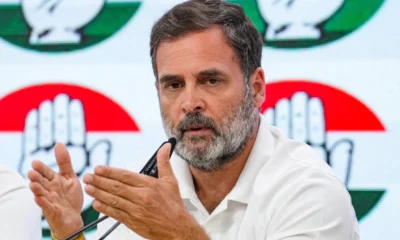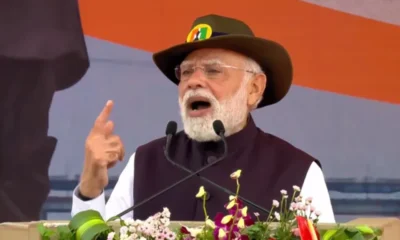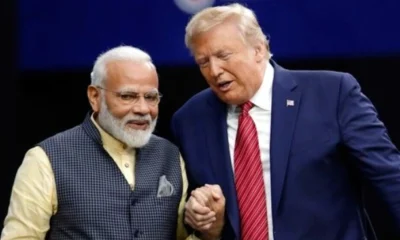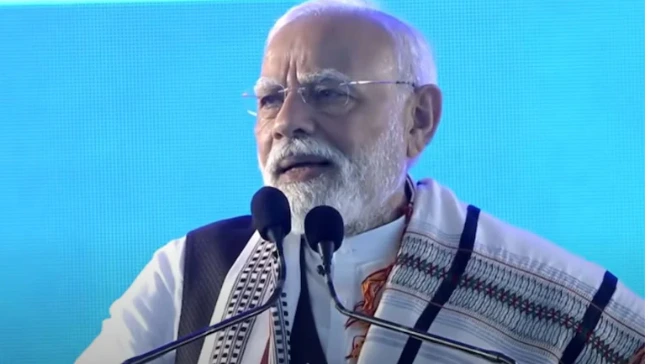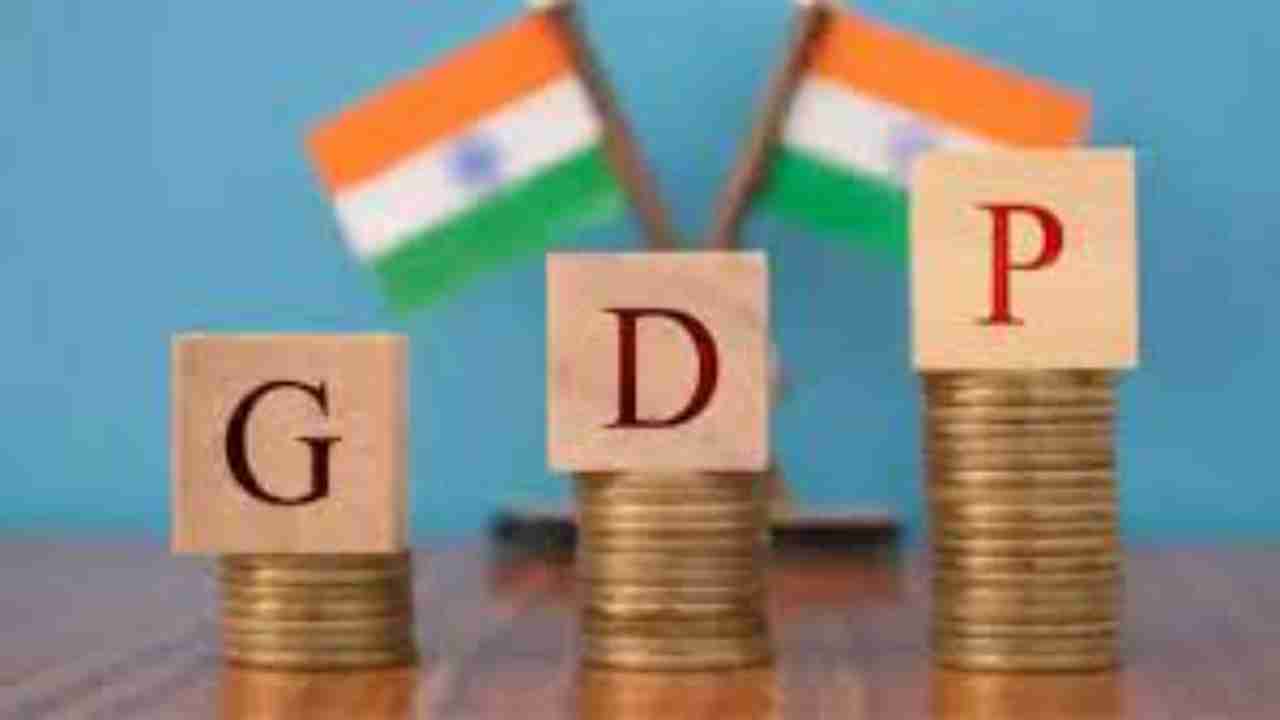Labour participation and employment rates in India are around their lowest levels, says a report of Centre for Monitoring Indian Economy (CMIE) which produces economic and business databases.
And, while employment is at its lowest, rural wages have reduced dramatically since 2014 under Narendra Modi government, making it a period of distress according to the Reserve Bank of India (RBI).
According to an article by Mahesh Vyas on CMIE website, the employment situation continues to remain grim in the country.
According to CMIE, the unemployment rate continues to remain high compared to the levels a year ago when they ranged closer to 4 per cent although it fell slightly to 5.9 per cent in April 2018 compared to the over 6 per cent rate seen in the preceding two months.
April began with rising unemployment rates of over 7 per cent, but then the rates moved decidedly lower in the second half of the month.
Labour participation rate (LPR) declined in April 2018. At 43.1 per cent the LPR in April was among the lowest. In the past 28 months, (since the CMIE started measuring LPR), this was the second-lowest LPR level.
“The low LPR and high unemployment rate combine to give us a low employment rate in April 2018. The employment rate was 40.7 per cent during the month. This is a small improvement over the 40.5 per cent level of March 2018. But, March and April this year mark the lowest employment rates recorded since January 2016 when we began these measurements,” said Vyas.
Here are some points he makes:
– The estimated employed persons in the country was 403.2 million and the unemployed who were actively looking for a job during the month was 25.1 million.
– An additional 9.5 million were unemployed and willing to work but were not actively looking for a job.
– The total workforce willing to work and was waiting for jobs to become available therefore was of the order of 35 million.
– Large numbers of labour force quit the labour markets post demonetisation and have not returned to the labour markets. It is likely that when conditions improve these could come back. If we add these, then the workforce that is willing to work but does not have a job is much larger.
Vyas describes the current situation, particularly in urban India, as “sombre”.
Noting that the number of applicants for a single job often runs into several thousands, Vyas says: “Although the overall unemployment rate fell in April, it rose in urban India – from 6.5 per cent in March to 6.6 per cent in April. Labour participation rate fell from 41.1 per cent to 40.8 per cent. And, the employment rate fell to its lowest level of 38.1 per cent.”
The employment rate had touched a new low of 38.4 per cent in March 2018 itself. However, in April, it fell further to 38.1 per cent.
The working age Vyas takes into consideration are all persons above the age of 15 years. In September 2016, over 41 per cent of such people were working.
Employment in urban India fell to an 11-month low in April 2018.
However, says Vyas, the month’s data also seems to suggest a pause in the growing employment in urban India seen in the preceding six months. This rising employment had stabilised the employment rate at around 40 per cent after seeing a fall in the preceding months.
At the same time, a RBI report released last week (April 25) talked of a sharp decline in rural wages since 2014. “During the last 10 year period, a high growth phase in rural wages from 2007-08 to 2012-13 was followed by a phase of significant deceleration,” the RBI report said.
Between October 2007 and October 2013, the report noted, wages in the agricultural and non-agricultural sectors grew at 17% and 15%, respectively. Since November 2014, however, agricultural and non-agricultural sector wages grew at only 5.6% and 6.5%, respectively.
 Phase I (Jan 2002-Sep 2007)
Phase I (Jan 2002-Sep 2007)
The first phase spanned from January 2002 to September 2007, when the average growth in rural nominal wages remained around 4 per cent, while the average rural inflation stayed around 4.5 per cent. As a result, there were extended spells when growth in real wages stayed in the negative territory. This period has been analysed quite extensively in the literature. Several authors have also termed this phase as the period of agrarian distress, a lot of which was attributed to poor agricultural performance and lower employment opportunities outside agriculture (Himanshu, 2006; Abraham, 2009).
Phase II (Oct 2007-Oct 2013)
This phase covers the period from October 2007 to October 2013. During this phase, the average growth in nominal agricultural and non-agricultural wages stood at around 17 per cent and 15 per cent, respectively, surpassing rural inflation which averaged at around 10 per cent. Evidently, there were several months when growth in real wages reached such levels that were not a regular phenomenon, at least never observed in the preceding decade.
Phase III (Nov 2014- Oct 2017)
This is the current phase which began from November 2014. Notwithstanding data limitations (as mentioned in section III) one cannot ignore the fact that rural wage growth has recorded significant deceleration during this phase. This phase is also characterized by low inflation occasionally surpassing growth in nominal rural wages, pushing real wage growth to the negative territory. For obvious reasons, such movements in rural wages after a prolonged period of boom has attracted the attention of policy research. Again, this phase has been labelled as a period of rural distress. However, if we consider average growth in rural wages and inflation, we do not find a significant gap between the two. Average rural inflation during phase III so far is around 4.0 per cent, whereas average growth rates in nominal agricultural and non-agricultural wages are 5.6 per cent and 6.5 per cent, respectively.
A whole host of factors including the global slowdown in growth, collapse of international primary commodity prices, and major contraction in food prices led to the decline in growth of rural wages, according to the RBI report.
The Indian economy also suffered two consecutive droughts in financial years 2015 and 2016, which wreaked havoc in rural India, said a report in Quartz India.
The ineffective implementation of the Mahatma Gandhi National Rural Employment Generation Scheme (MGNREGS) in recent years has also contributed to the decline in farm income, the Quartz report said, on basis of RBI report.
Moreover, growth in the construction sector, which saw a significant pick up during 2000 and 2012 and was the major driver of rural non-farm employment, slowed down in recent years.





